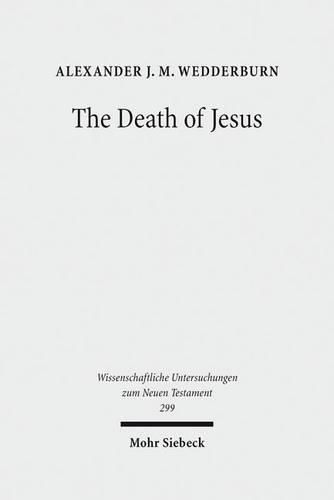Readings Newsletter
Become a Readings Member to make your shopping experience even easier.
Sign in or sign up for free!
You’re not far away from qualifying for FREE standard shipping within Australia
You’ve qualified for FREE standard shipping within Australia
The cart is loading…






Taking up a number of themes and questions touched on in earlier works, the author discusses critically some attempts to interpret the death of Jesus and the assumption that these make about the nature of God and of Jesus. For Jesus himself seems to have left his followers no clear guidance on how to understand his fate, in all probability not even at his last meal with them. There is, moreover, a seeming tension in the passion story between his self-surrender in Gethsemane and the reproachful cry on Golgatha, perhaps due to contrary views of God’s will and his own about God’s intention. Confronted with this puzzling inheritance, early Christians adopted a variety of different images in an attempt to explain what had happened, and its place in the divine plan; and Paul, despite apparently eschewing any use of human wisdom to interpret the cross, nevertheless draws on some of these lines of interpretation. Yet characteristic for the apostle’s theology and soteriology are his corporate Christology and his talk of righteousness and justification . Yet the death of one person involving all humanity presents problems of understanding and ethics. Or, if Jesus is a model for humanity is he a perfect one and what example does he in fact give us? And is peace with God really all that our justification entails, especially when the cry of desolation on Golgatha shows little sign of such peace? That would mean that the views of both Jesus and Paul on this subject need to be criticized and corrected if they are to be meaningful and of use today.
$9.00 standard shipping within Australia
FREE standard shipping within Australia for orders over $100.00
Express & International shipping calculated at checkout
Taking up a number of themes and questions touched on in earlier works, the author discusses critically some attempts to interpret the death of Jesus and the assumption that these make about the nature of God and of Jesus. For Jesus himself seems to have left his followers no clear guidance on how to understand his fate, in all probability not even at his last meal with them. There is, moreover, a seeming tension in the passion story between his self-surrender in Gethsemane and the reproachful cry on Golgatha, perhaps due to contrary views of God’s will and his own about God’s intention. Confronted with this puzzling inheritance, early Christians adopted a variety of different images in an attempt to explain what had happened, and its place in the divine plan; and Paul, despite apparently eschewing any use of human wisdom to interpret the cross, nevertheless draws on some of these lines of interpretation. Yet characteristic for the apostle’s theology and soteriology are his corporate Christology and his talk of righteousness and justification . Yet the death of one person involving all humanity presents problems of understanding and ethics. Or, if Jesus is a model for humanity is he a perfect one and what example does he in fact give us? And is peace with God really all that our justification entails, especially when the cry of desolation on Golgatha shows little sign of such peace? That would mean that the views of both Jesus and Paul on this subject need to be criticized and corrected if they are to be meaningful and of use today.